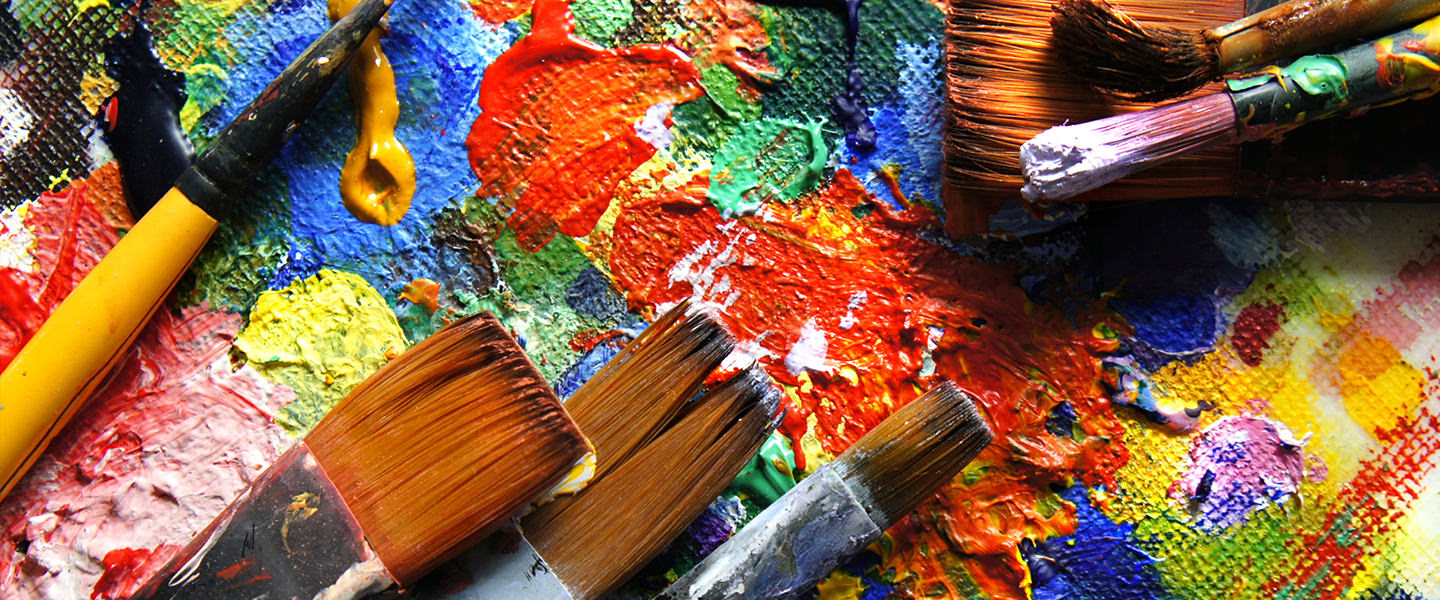Art, in its manifold expressions, serves as a splendid conduit through which humanity understands, interprets, and embodies the divine. Within the Bahá’í Faith, art is not merely an aesthetic endeavor; it is a profound reflection of spiritual truths and an essential aspect of the human experience. The teachings of Bahá’u’lláh, the founder of the Bahá’í Faith, illuminate the intrinsic connection between creativity, beauty, and spirituality, offering an enlightening perspective that transcends conventional boundaries.
To delve into the relationship between Bahá’í teachings and art, one must first consider the notion of beauty. Beauty, in its essence, is an abstract concept that captivates human perception and inspires a profound sense of wonder. The Bahá’í teachings assert that beauty exists not solely in the material world but rather, in its higher form, it reflects the divine attributes of God. As human beings, we are innately drawn to beauty; it stirs our souls, evokes emotions, and draws us closer to the fundamental essence of existence.
One might question, what lies behind this fascination with beauty? This observation suggests a deeper yearning within the human spirit—a quest for transcendence that nudges individuals toward the sublime. The Bahá’í Faith posits that the physical world is but a shadow of the divine reality. Art, therefore, serves as a bridge linking the material and spiritual realms. Artists, through their creative expressions, grapple with the ineffable, seeking to portray truths that elude words and conceptualization.
As one investigates the Bahá’í approach to art, it becomes evident that the act of creation is not an isolated phenomenon; it is imbued with purpose and spiritual significance. Bahá’í teachings encourage individuals to appreciate and cultivate artistic talents as a means of serving humanity and reflecting divine virtues. This perspective elevates art from simple self-expression to a sacred duty, an act of worship that reverberates through the collective heartbeat of society.
In this context, abstraction emerges as a vital theme. Abstract art, often characterized by its departure from representational forms, echoes the Bahá’í understanding of the divine. Such artistic expressions resonate with deeper truths that reside beyond the visible spectrum. Abstraction allows for the exploration of spiritual ideas and the nuances of human emotion without the constraints of literal interpretation. Through abstraction, artists forge a connection with the unseen, inviting viewers to participate in a shared journey of discovery.
The fascination with abstraction in art can further be understood through the lens of duality—an essential concept within Bahá’í philosophy. Duality manifests in the interplay between the material and spiritual worlds, where the tangible is often contrasted with the intangible. Bahá’í teachings advocate for the recognition of this duality, promoting a holistic understanding of existence. In this light, abstract art serves as a powerful vehicle for conveying the complexity of human experience, encompassing both the seen and the unseen.
Moreover, the communal aspect of art creation within the Bahá’í framework fosters a sense of unity and collaboration among individuals. Bahá’í teachings emphasize the importance of collective action in the service of humanity. Artistic endeavors, when pursued in a spirit of cooperation and mutual support, can inspire communities and contribute to social transformation. This collaborative spirit resounds in the world of art, where artists, irrespective of their backgrounds, come together to create pieces that celebrate diversity and harmony.
Art thus becomes an arena where the ideals of the Bahá’í Faith—unity, love, and service—can magnificently unfold. The creative process itself often mirrors the tenets of the Faith: the necessity of reflection, intention, and dedication to self-improvement. Artists, like spiritual seekers, embark on a journey to refine their craft, striving to embody beauty and truth in their work.
In examining the impact of beauty beyond mere aesthetics, one cannot overlook the transformative power that art holds. It possesses the ability to evoke emotions, spark dialogue, and convey complex narratives. Within the Bahá’í paradigm, art becomes an instrument of education, fostering empathy, understanding, and appreciation for the richness of human experience. When art reflects profound spiritual principles, its influence extends beyond individual enjoyment to inspire collective well-being.
The impact of artistic expression transcends personal enrichment, as it offers a means of addressing societal challenges. During periods of conflict and discord, art can act as a unifying force, reminding individuals of their shared humanity. The Bahá’í teachings emphasize the need for harmony and reconciliation; thus, artistic endeavors can serve as a medium for healing and restoration in fractured communities.
In conclusion, the teachings of the Bahá’í Faith compel us to reassess the intrinsic value of art in our lives. The fusion of beauty, spirituality, and abstraction unravels a tapestry of meaning that enriches our understanding of existence. As we engage with art, we are invited to recognize its potential to transcend the mundane and lead us toward a more profound comprehension of the divine. Ultimately, the allure of beauty—a beauty that extends far beyond the seen—echoes within the very fabric of our souls, beckoning us to explore the depths of our own creativity. Through art, we may illuminate the path to a greater understanding of our shared journey as seekers of truth in a world that yearns for beauty and unity.
